All of this aside, the movie was still a poor attempt at creating a flashy and over-the-top action epic. The movie follows a slave named Bek (Brenton Thwaites of The Giver), who tries to help Egyptian god Horus (Nikolaj Coster-Waldau of Game of Thrones) regain the throne from the evil god Set (Gerard Butler of 300). Set means to use the best qualities of each of the gods to destroy the underworld and completely conquer death, becoming immortal and holding his place at the throne forever. As you can probably tell just by reading this description, there is little depth to be found here. The story is paper-thin, essentially a backdrop for lavish and extravagant action sequences.
The action sequences, unfortunately, do not save the film from its barely existent story. While some the scenes of over-the-top swordplay and action are shot in an interesting (sometimes even witty) manner, the horrendous special effects make them almost unwatchable. The CGI is putrid, the kind of stuff I would expect to see out of an action film in 2006. Actually, this is not really fair to action films of 2006. 300, a film that Gods of Egypt seems to be trying to remind people of by casting Gerard Butler as an ancient warlord, had far better special effects than this film, and it came out almost a decade ago. When your spectacle action film that features many large creatures which can only be created with CGI doesn’t have great special effects, it feels as though you are watching a bunch of actors flailing at each other on a set with a bunch of green screens.
And that’s about all there is to discuss. This movie brings nothing to the table other than the promise of interesting and fun action sequences, and fails to deliver on that front. The only thing keeping the movie afloat is the banter between Bek and Horus, which occasionally results in some pretty fun dialogue. Unfortunately, their relationship doesn’t make up for the rest of the movies faults. The movie ends up being extremely lackluster, and not worth any audience member’s time.
Grade: C-
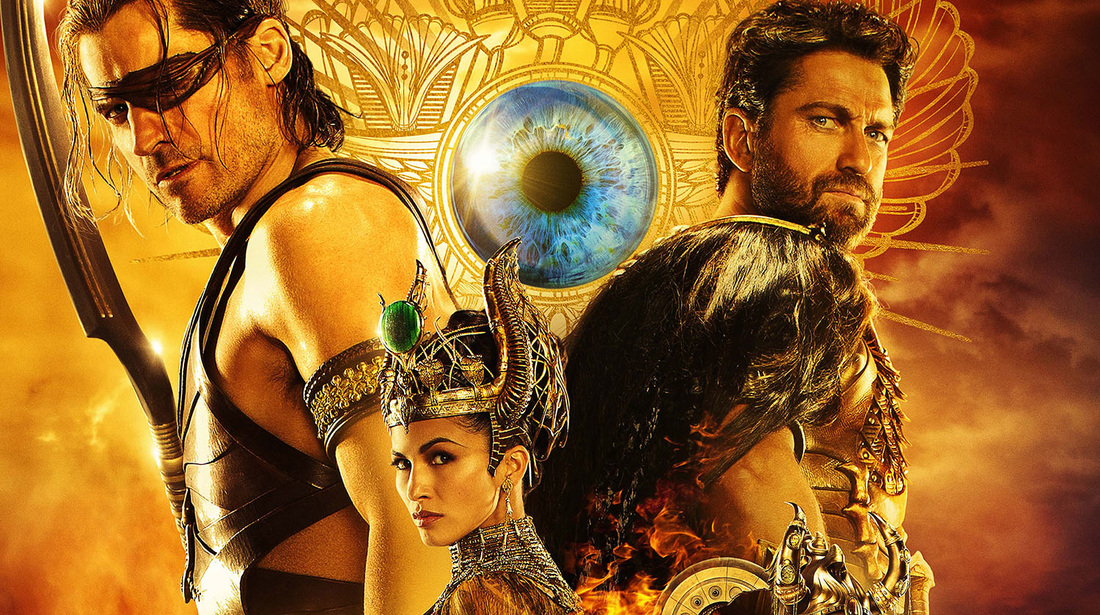


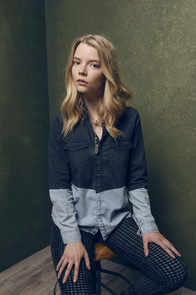
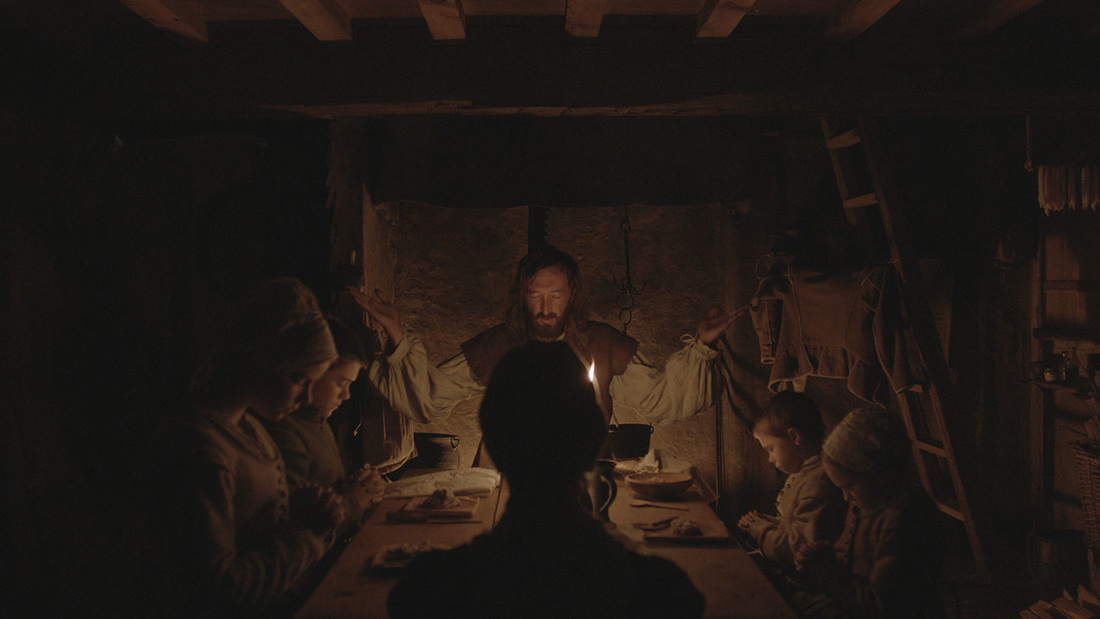


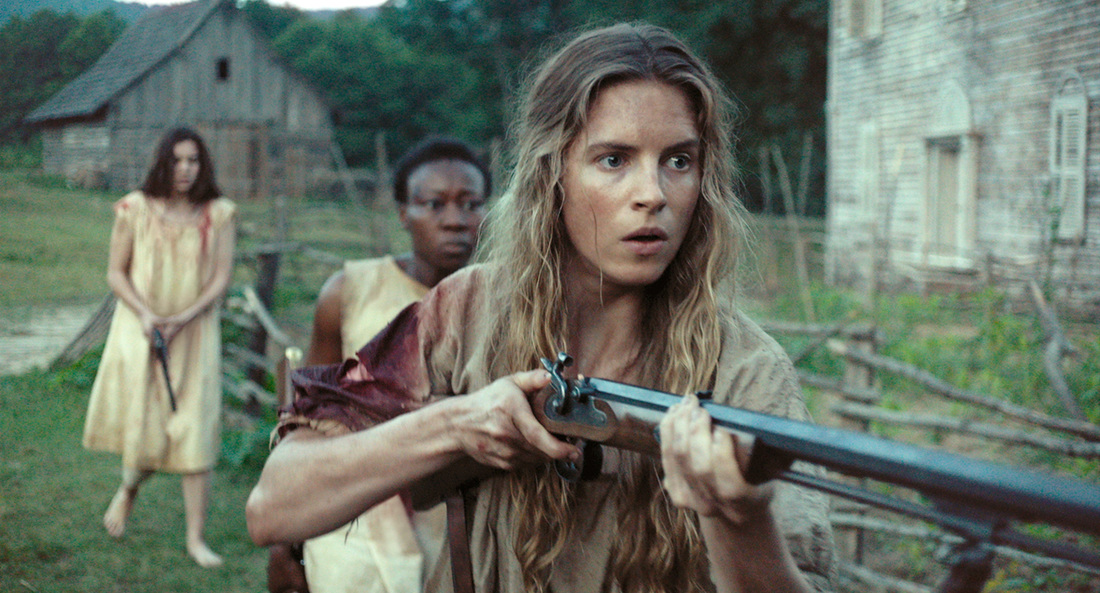
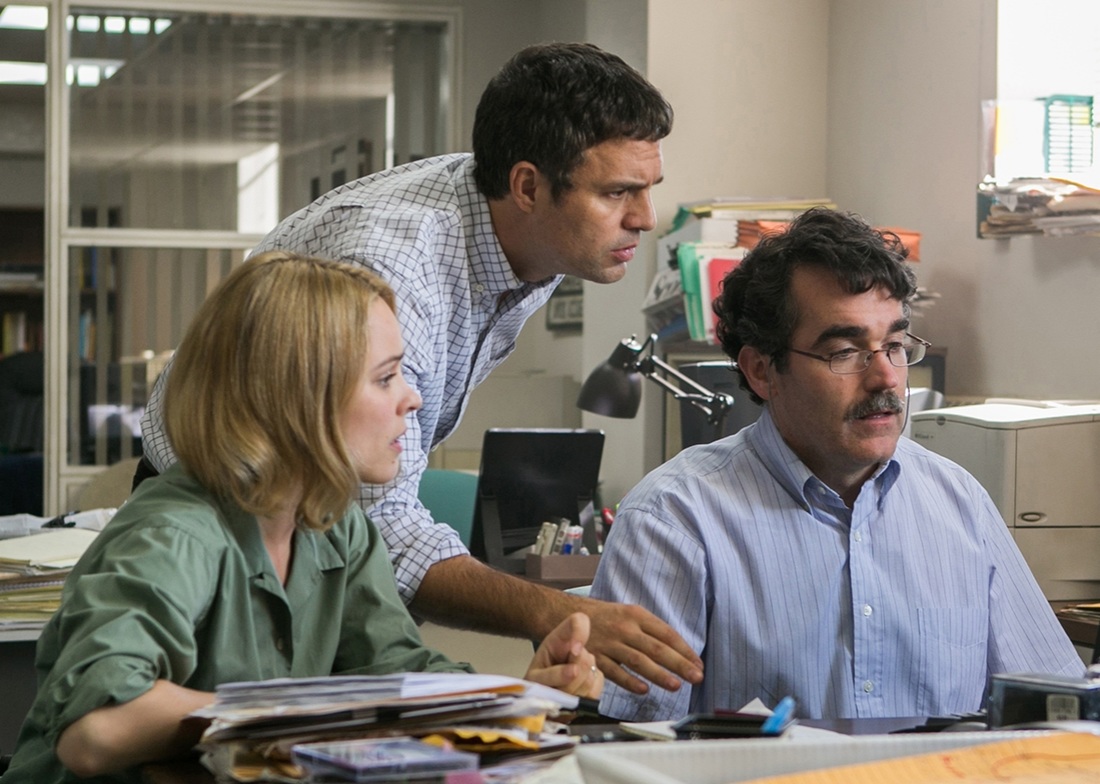
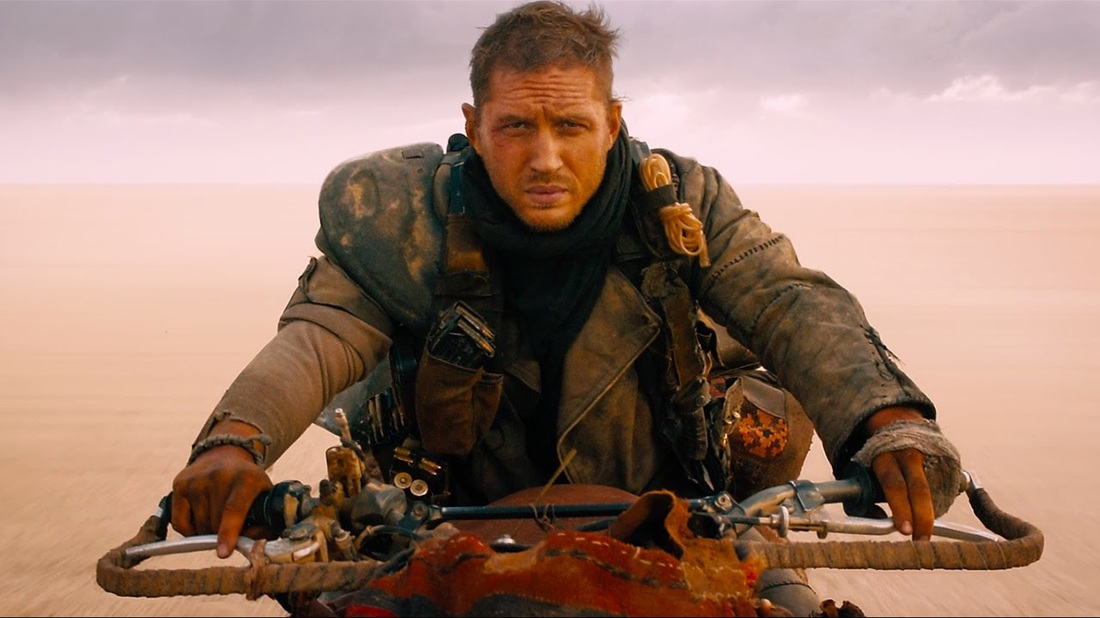
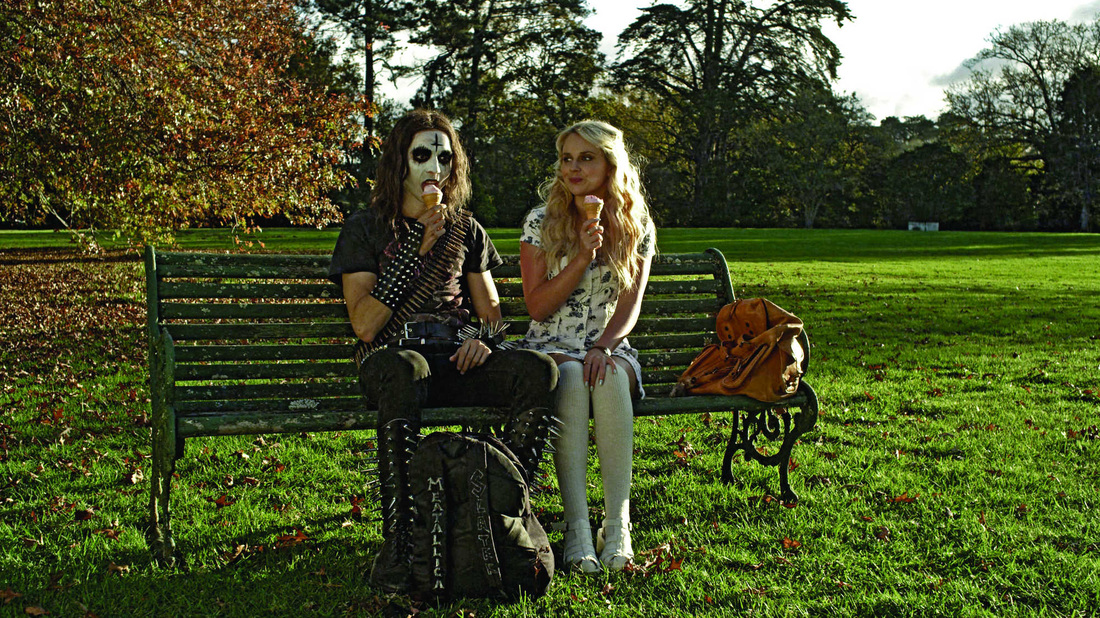

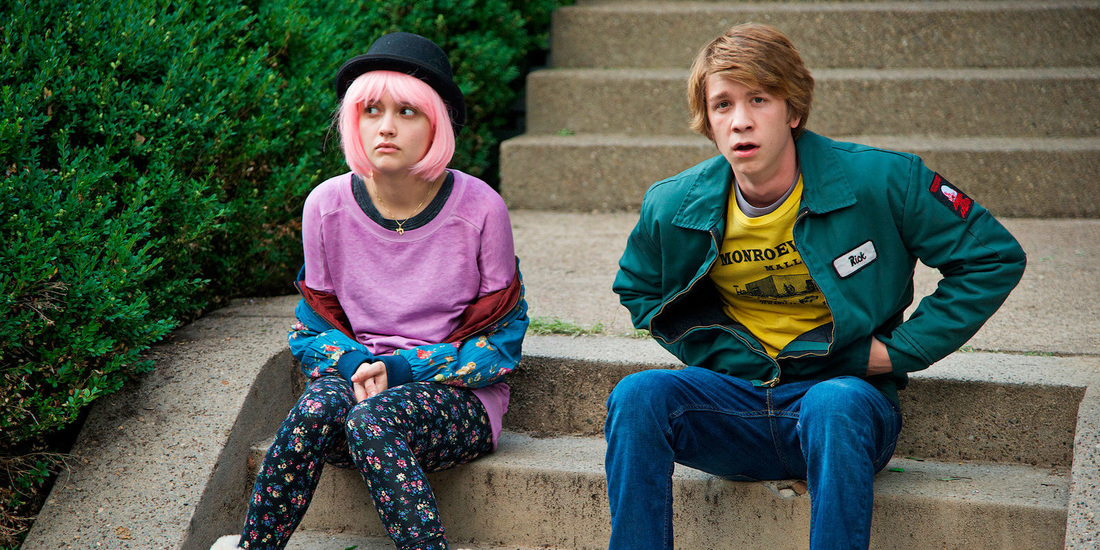

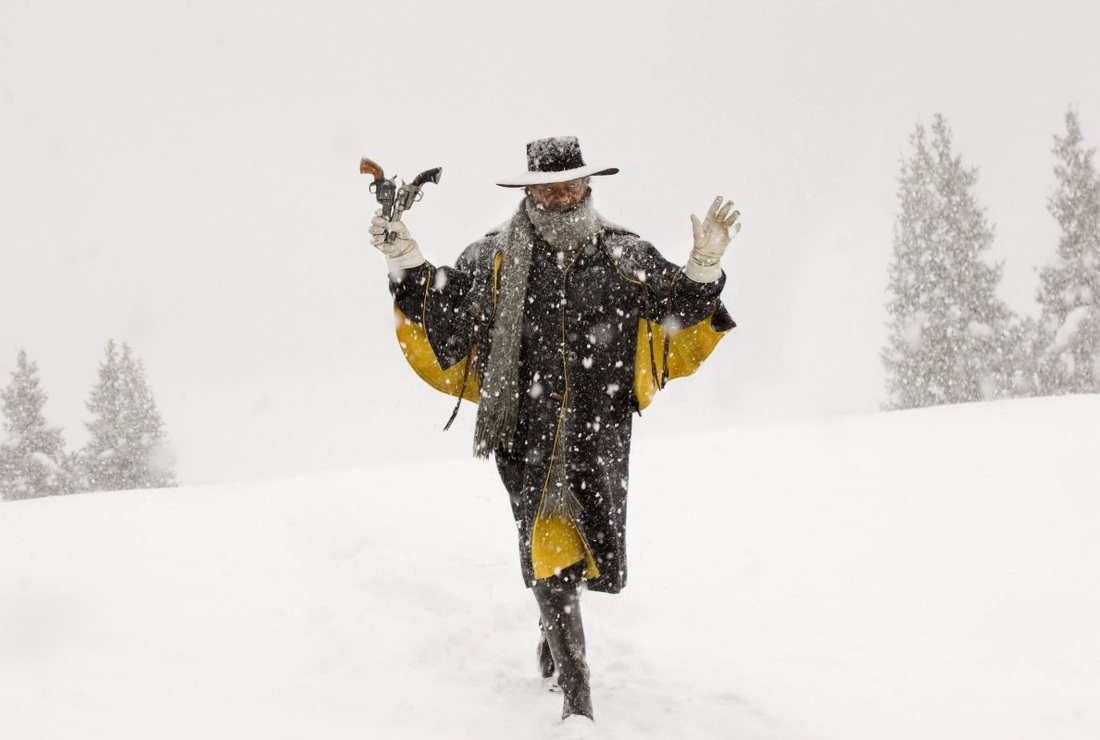
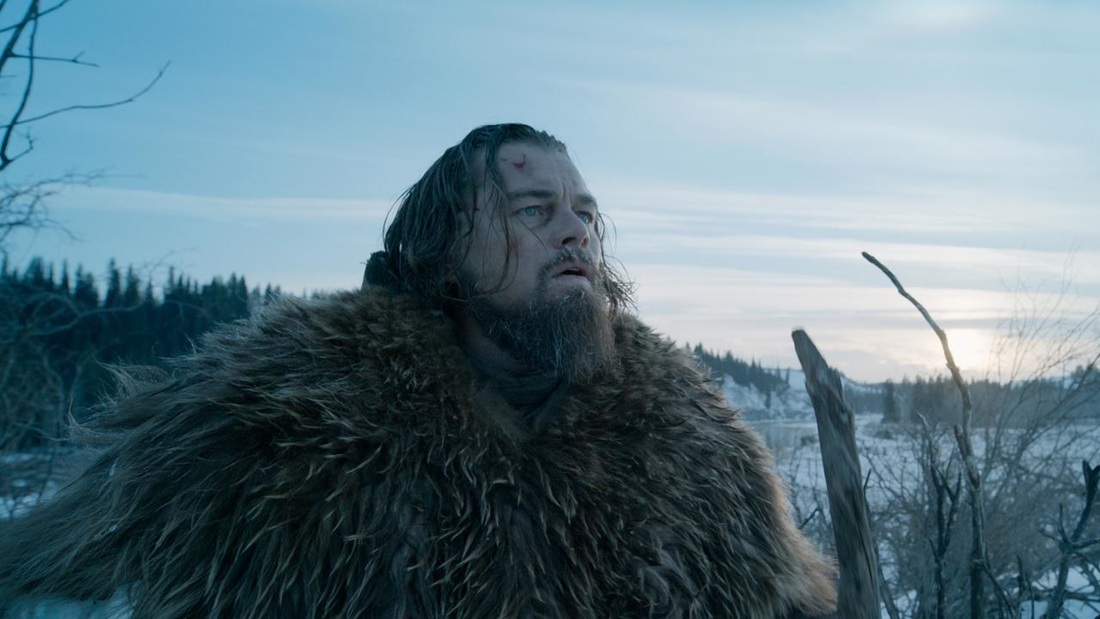
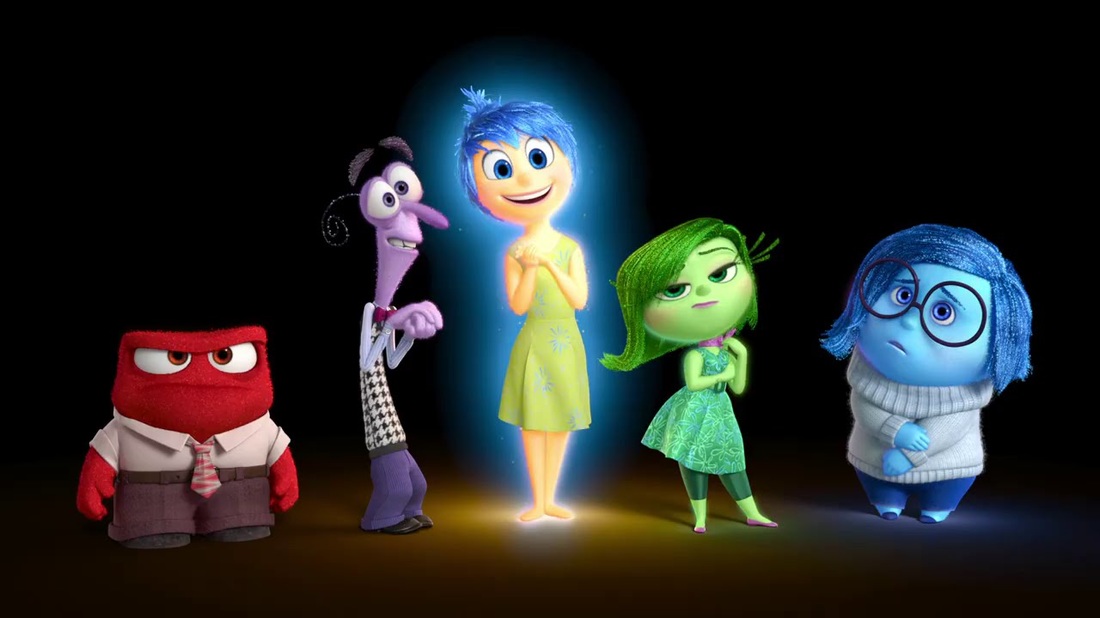
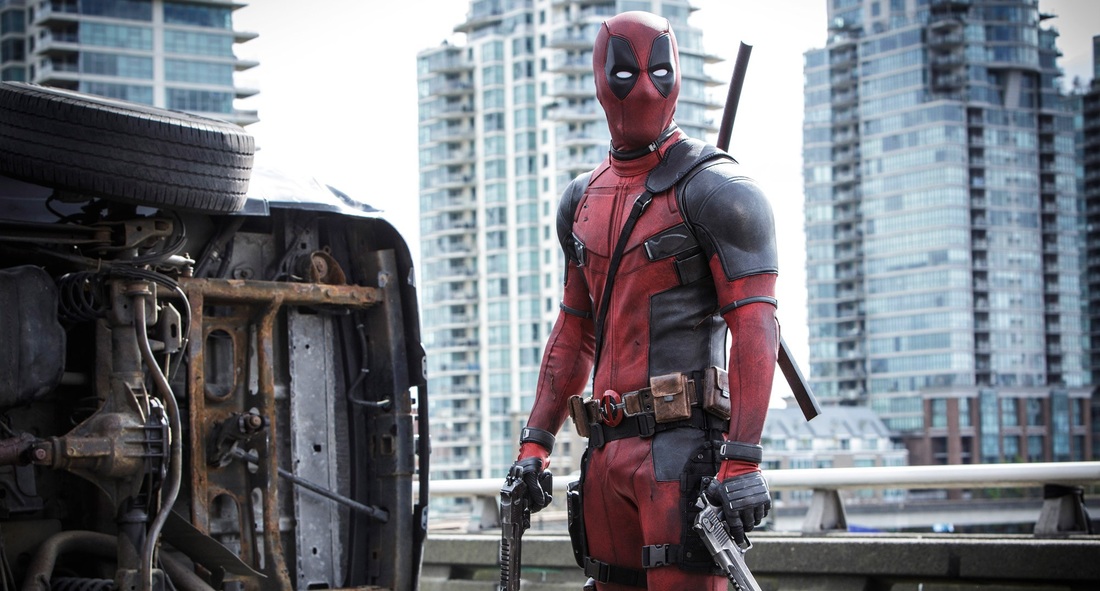
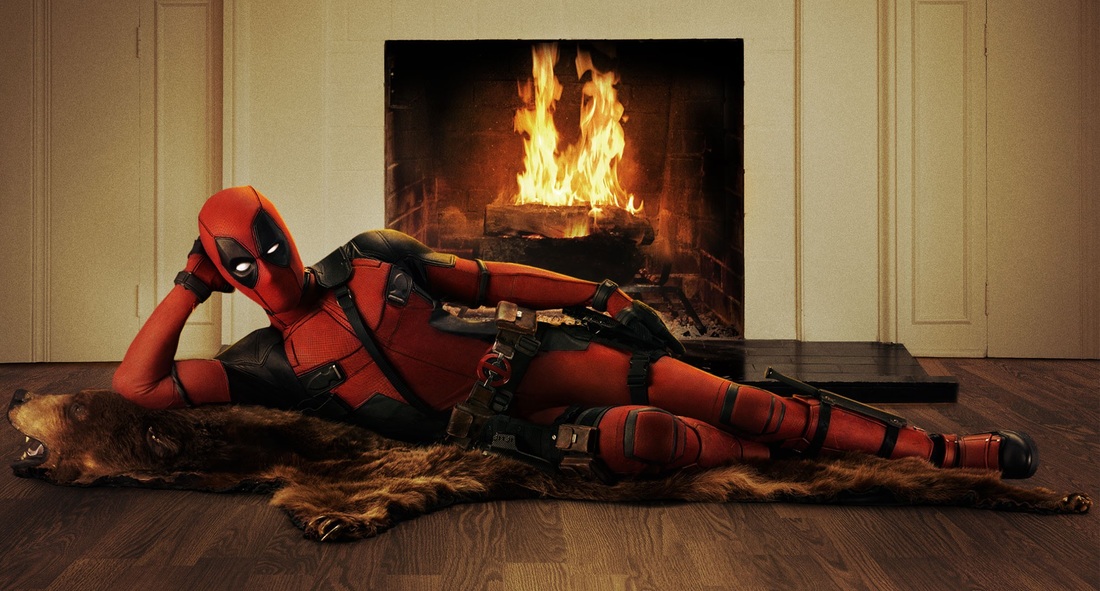
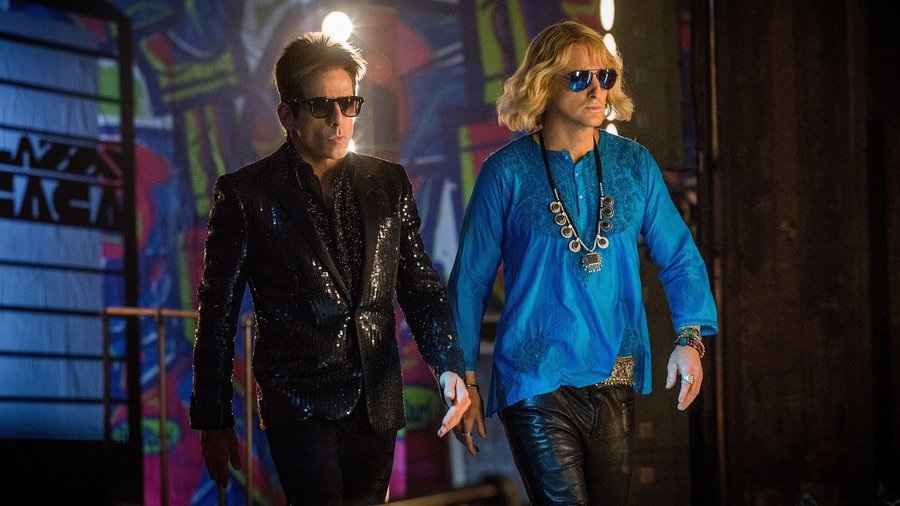
 RSS Feed
RSS Feed
